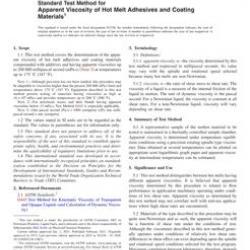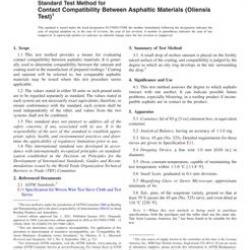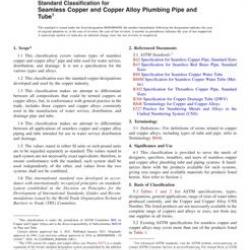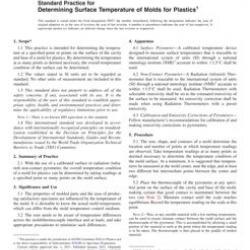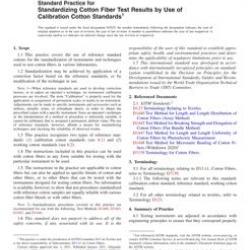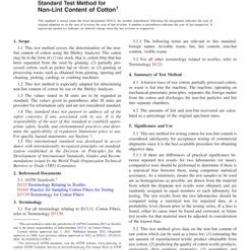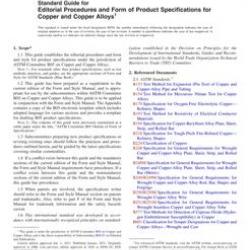No products
ASTM D5418-07
ASTM D5418-07 Standard Test Method for Plastics: Dynamic Mechanical Properties: In Flexure (Dual Cantilever Beam)
standard by ASTM International, 03/15/2007
Full Description
1.1 This test method outlines the use of dynamic mechanical instrumentation for determining and reporting the viscoelastic properties of thermoplastic and thermosetting resins and composite systems in the form of rectangular bars molded directly or cut from sheets, plates, or molded shapes. The elastic modulus data generated may be used to identify the thermomechanical properties of a plastics material or composition.
1.2 This test method is intended to provide a means for determining the viscoelastic properties of a wide variety of plastics using nonresonant, forced-vibration techniques as outlined in Practice D 4065. In particular, this method identifies the procedures used to measure properties using what is known as a dual-cantilever beam flexure arrangement. Plots of the elastic (storage) modulus, loss (viscous) modulus, and complex modulus, and tan delta as a function of frequency, time, or temperature are indicative of significant transitions in the thermomechanical performance of the polymeric material systems.
1.3 This test method is valid for a wide range of frequencies, typically from 0.01 to 100 Hz.
1.4 Apparent discrepancies may arise in results obtained under differing experimental conditions. These apparent differences from results observed in another study can usually be reconciled, without changing the observed data, by reporting in full (as described in this test method) the conditions under which the data were obtained.
1.5 Test data obtained by this test method are relevant and appropriate for use in engineering design.
1.6 The values stated in SI units are to be regarded as standard.
This standard does not purport to address all of the safety concerns, if any, associated with its use. It is the responsibility of the user of this standard to establish appropriate safety and health practices and determine the applicability of regulatory limitations prior to use.
Note 1There is no known ISO equivalent to this standard.






